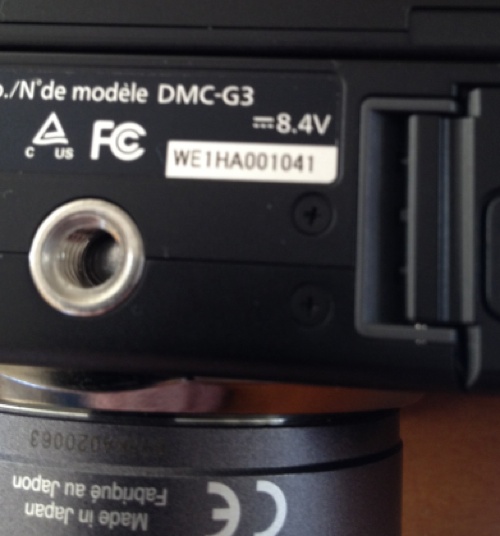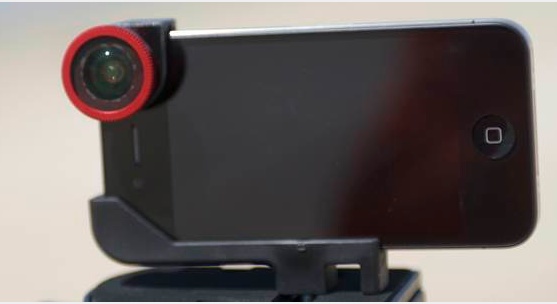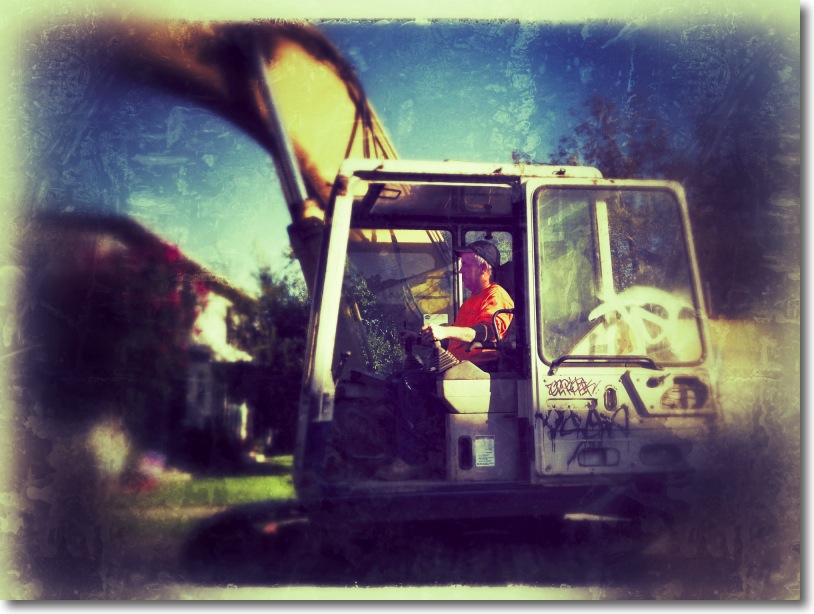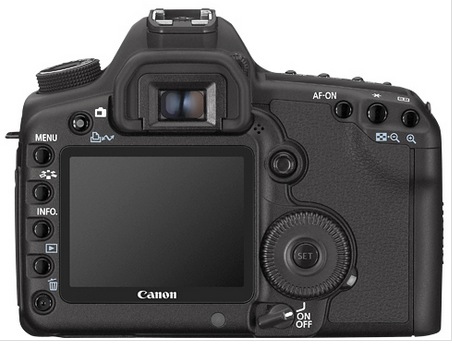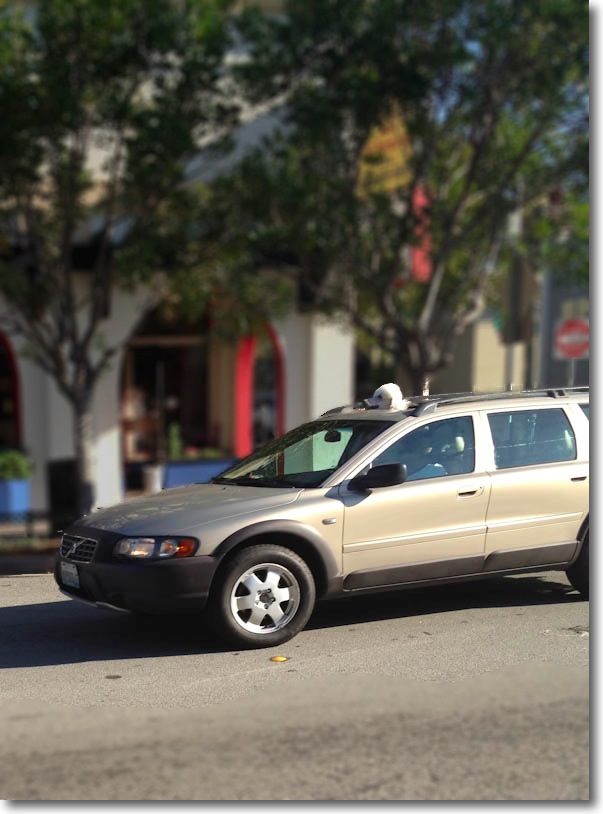Obviousness.
Considering how all the pundits claim that the stock market is stacked against the ‘little guy’, it continues to offer up no-lose opportunities with startling frequency.
In the past quarter alone, had you loaded up on Apple and shorted Facebook and Hewlett Packard, you would now be substantially wealthier. Apple makes things which Asians steal. Facebook is a fraud aimed at impecunious teenagers. And Hewlett Packard has Miss Piggy at the helm. Shareholders must rue her loss in the CA gubernatorial election. Gee, you don’t need a spreadsheet to analyze that lot.
And Friday’s patent decision by a jury in Silicon Valley rightly concluded, despite an arrogant judge who made the error of thinking the jurors were stupid, that theft is punishable by law. At least by American law. The jurors needed no advanced degrees in patent law. A 132 page ‘How to Steal’ Samsung document and sheer obviousness led them to speedily conclude that if it quacks like a duck, it is a duck.
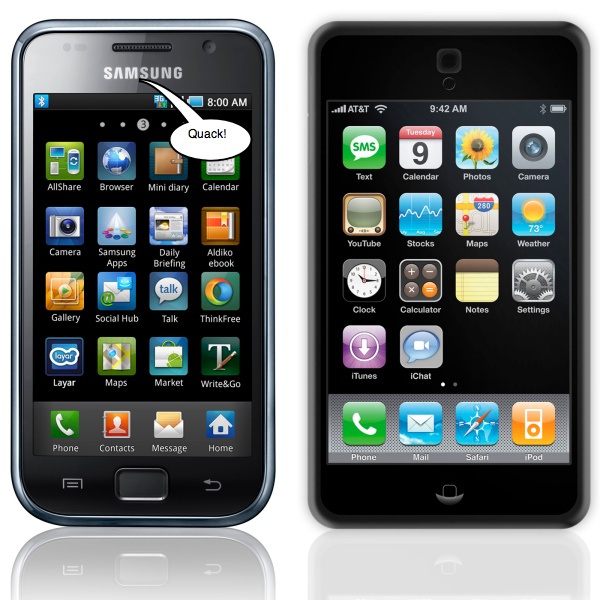
Obviousness.
If, like me, you shelled out $500 for iPhone v1 5 years ago on the day it went on sale, the prevailing memory of that day is of your crashing jaw. Rubberbanding, pinch to zoom, tap to fill, multitouch, icons, the internet in your pocket. All had the same effect on this user’s jaw. And all were faithfully copied by Samsung.
There is a body of opinion out there which has it that this verdict will stifle innovation. The writers, of course, are journalists who flunked Econ 101. The explosion in innovation which will result as cheaters are forced to become designers will astonish and delight.
Meanwhile, do the obvious and make some coin. And your iPhone comes with a great camera, too, soon to get even better, so take some snaps while you are at it.
As for the Apple haters reading this, ask yourself which you hate more. AAPL or $$$$?
By the way, a piece I wrote four years ago which attracted record amounts of hate mail, has just been updated. Like I said, obviousness is a reliable guide.
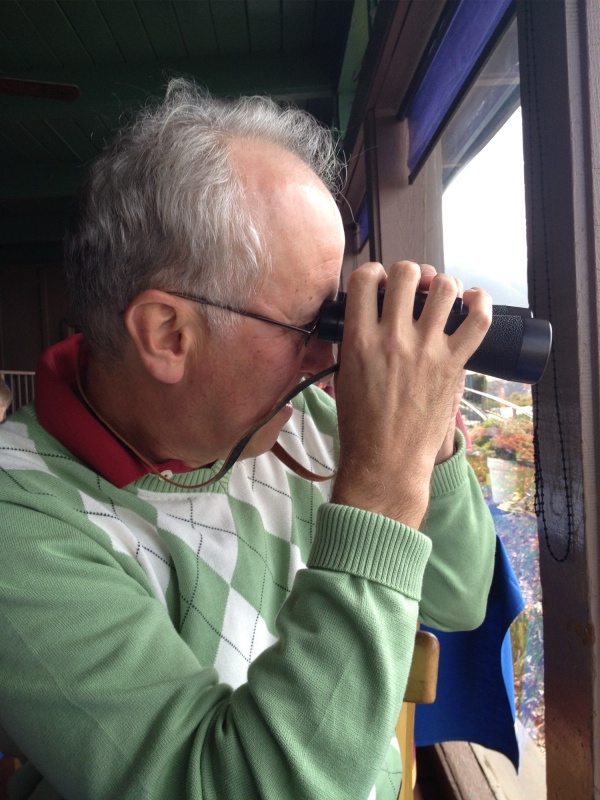
With the Trinovids, looking into the future. iPhone 4S snap by my son.
Disclosure: Long AAPL, QCOM, BRCM; short FB.
